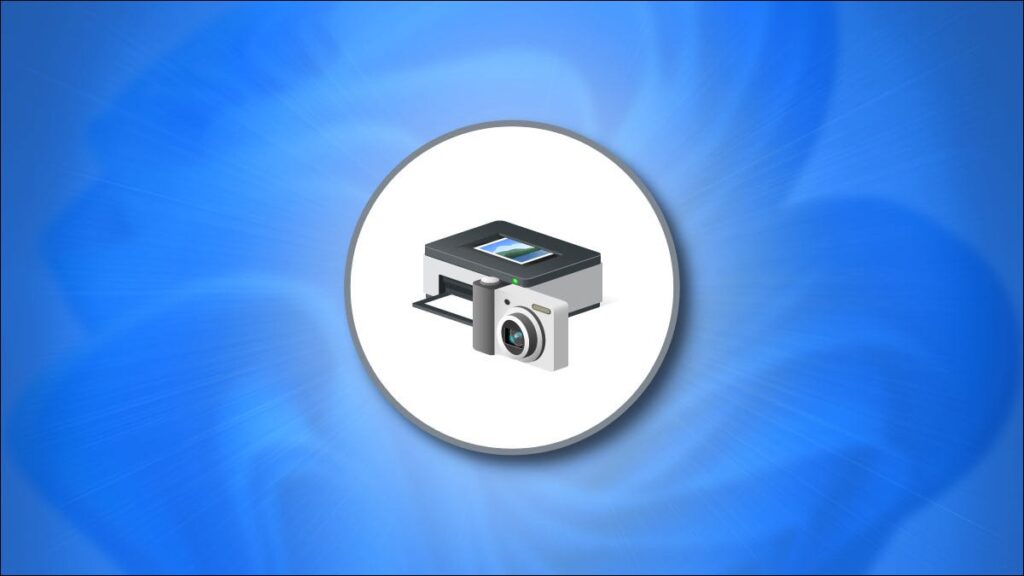If your Windows 11 PC’s hardware accessories—such as USB controllers, video cards, printers, or other peripherals—require new or updated drivers, it’s typically simple to install them. We’ll show you how.
Normally, You Don’t Need To Update Drivers.
Before we move into updating drivers, let’s talk about when you don’t require updating your hardware drivers in Windows 11. Typically, it would be best if you didn’t refresh your drivers unless you’re editing a graphics card driver or know that a driver update will fix a subject you’ve faced.
If your devices already operate well enough, a driver update could unexpectedly break something by making an untested modification to your system. As the saying goes, “If it ain’t broke, don’t fix it.”
The Most Competent Way to Update Your Drivers
When trying driver updates, it’s crucial to know that Windows automatically holds many drivers up-to-date with Windows Update, which is developed into Windows 11. So if there are any lesser but necessary updates to conventional components such as touchpads or USB controllers, Windows will typically take charge of them automatically the next time you update your PC.
In addition, some driver updates appear as “Optional Updates” in Windows Update. We (and Microsoft) don’t suggest installing these updates, except you solve a particular known problem with a device. But, if you are having trouble, it’s worth reviewing to see if any Optional Updates are available. To do so, open Windows Settings by using keyboard shortcuts Windows+i. Once you get to the Windows Settings, scroll down a bit and click “Update & Security”

Once you get to the “Update & Security” section, click “Windows Update” in the sidebar and then click “Advanced options.

When the Advanced Options menu opens, scroll down and click “Optional Updates.”

Once you get to the Optional Updates, select the “Driver Updates” section header to expand it. Then scan the list and place checkmarks beside any driver you’d like to update. When you’re done, click “Download & Install”.

Windows will install the drivers you picked, and if required, ask to reboot your PC. After a reboot, you’re good to go with updated drives.
This blog post is powered by AIIT Solutions.


